It’s been years since outgrowing your embarrassing adolescent acne, so why are you still stuck with the frustrating aftermath of acne scars? Acne scarring in adults is actually more common than you think. Treating your scars might seem hopeless, but there is good news! Advances in scar therapy and dermatology have made it easier for acne patients—both current and past—to overcome their acne scarring.
Below, we have outlined different methods for reducing the appearance of acne scarring. Remember to consult your dermatologist about these procedures before making any decisions.
Types of Acne Scarring
Acne scars come in two types—as a lump in the skin or a depressed scar—with each type having its own forms such as rolled scars, boxcar scars, keloid scars and ice pick scars. It’s important to know and recognize the various types of scarring, as different scar types can respond to treatments differently.
Prevention for Acne Scars
Around 95% of acne patients will develop some scarring—whether mild or more significant. Delaying acne therapy can have a major result on the severity of someone’s scarring. Early dermatological intervention is key to preventing unnecessary scarring. And easily the best way to prevent acne scarring is to not pick! Unfortunately, the adolescent you probably didn’t heed that warning, but there are still ways to minimize the appearance of acne scarring.
Topical Acne Scar Gel
Acne scar removal gels are available in abundance, but which ones actually work? Do your research and find a topical gel that will lessen the appearance of your unwanted acne scars. Check out an article from our Rejuvaskin blog on top ingredients to look for in your scar management product.
Laser Treatments
There are mainly two types of lasers used in acne therapy—ablative (or resurfacing) and non-ablative. Ablative lasers remove the outer layers of skin, burning away scar tissue and reducing visibility of acne scars. Non-ablative lasers trigger changes in the skin without altering or injuring the skin. Depending on your type of scarring, both can be an effective way to diminish acne scars. While laser treatment is an option, it’s important to keep in mind that they are more costly, and can be fairly painful for some people.
Fillers for Shallow Scars
Patients with shallow acne scars might opt for injectable fillers, which are used to help “plump” the area in acne scars. The downside is that these methods aren’t permanent and results tend to only last 3-6 months, but studies and participants both show fillers can work to reduce acne scarring, when received regularly.
Chemical Peels
A chemical peel applied to the skin to remove the top layer can minimize deeper scars. More than one treatment may be necessary to reduce the appearance of acne scars. Both fillers and chemical peels can be good additions to a regimen, keeping in mind that usage of a scar gel is the most important.
Additional Scar Treatments
Consult the scar experts at Rejuvaskin to look into all-encompassing kits aimed at healing scars long term. These affordable products deliver a helpful healing experience for many types of acne scars. These scar-healing products use silicone sheets or silicone scar gels to stop water and reduce collagen production, which results in a softer, flatter scar.
Whichever method you choose, be sure you research the best choices and speak with your dermatologist about the best options for your individual scarring.
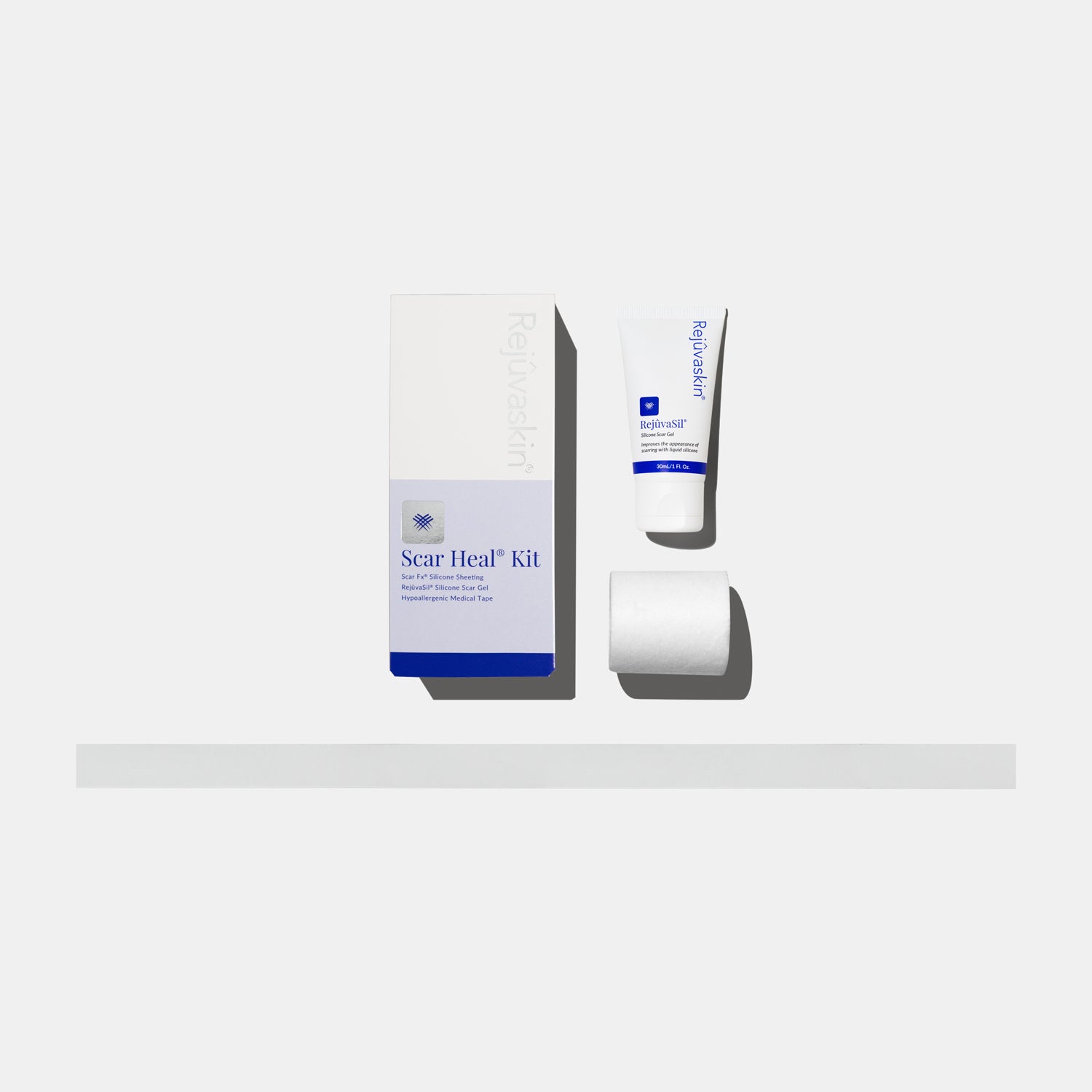


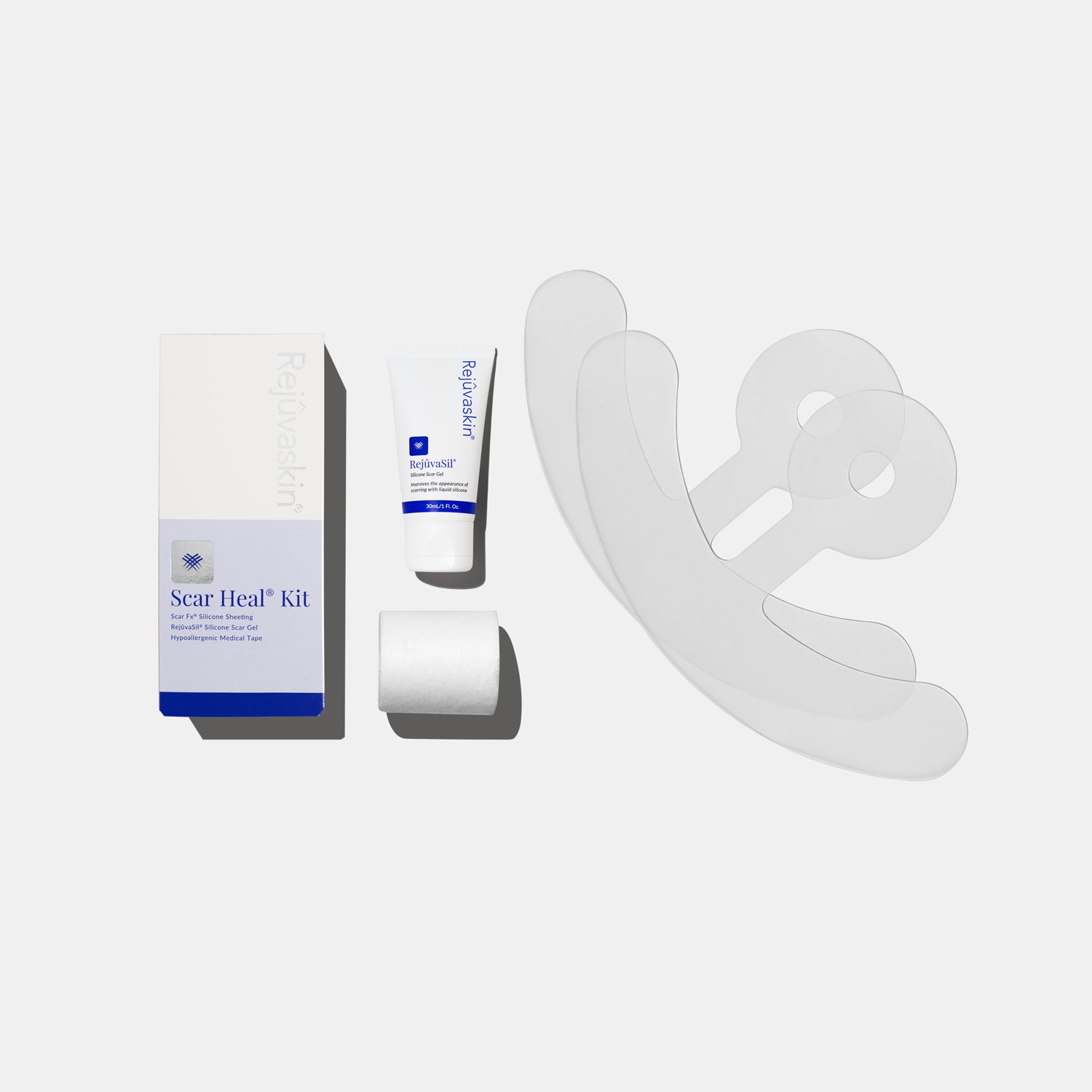
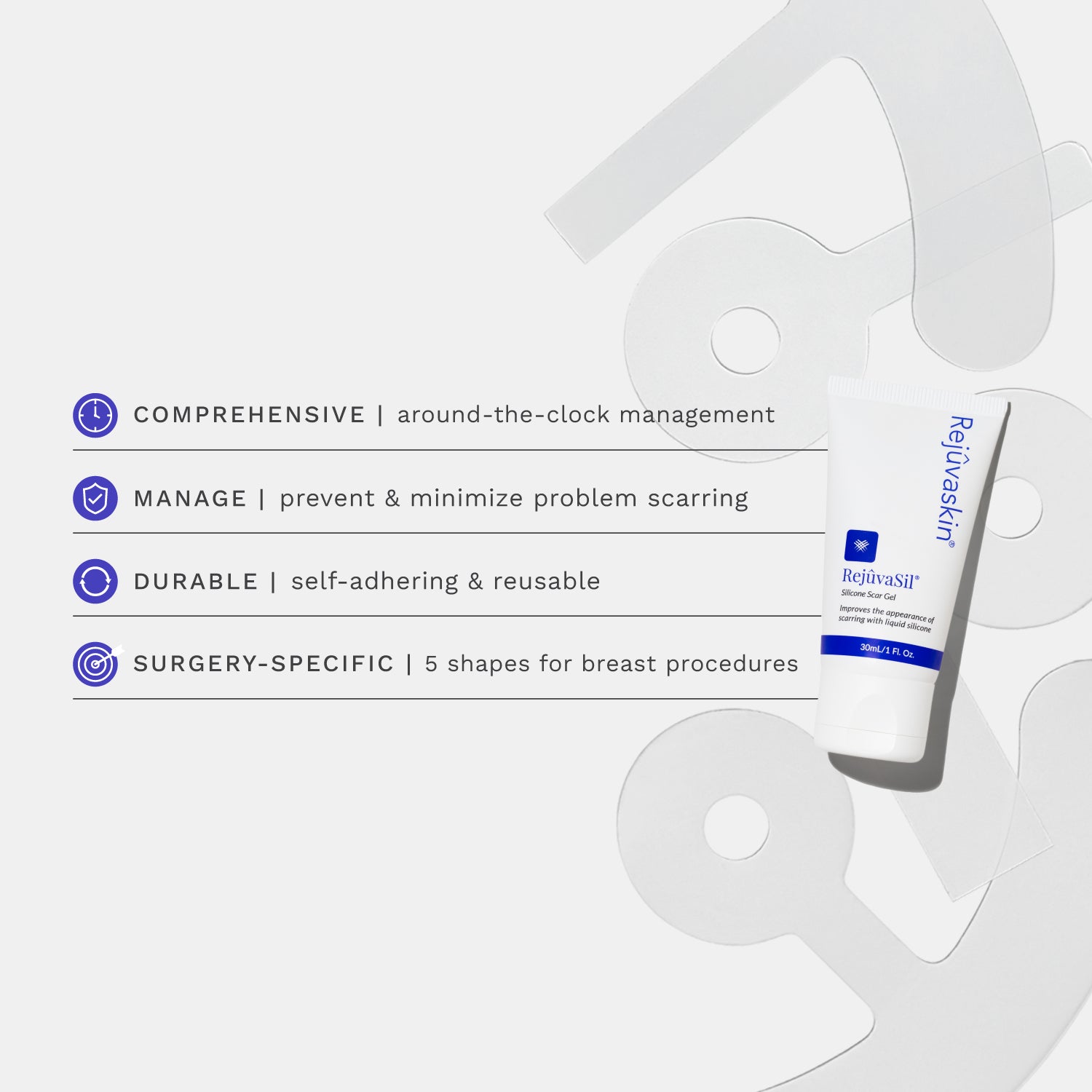
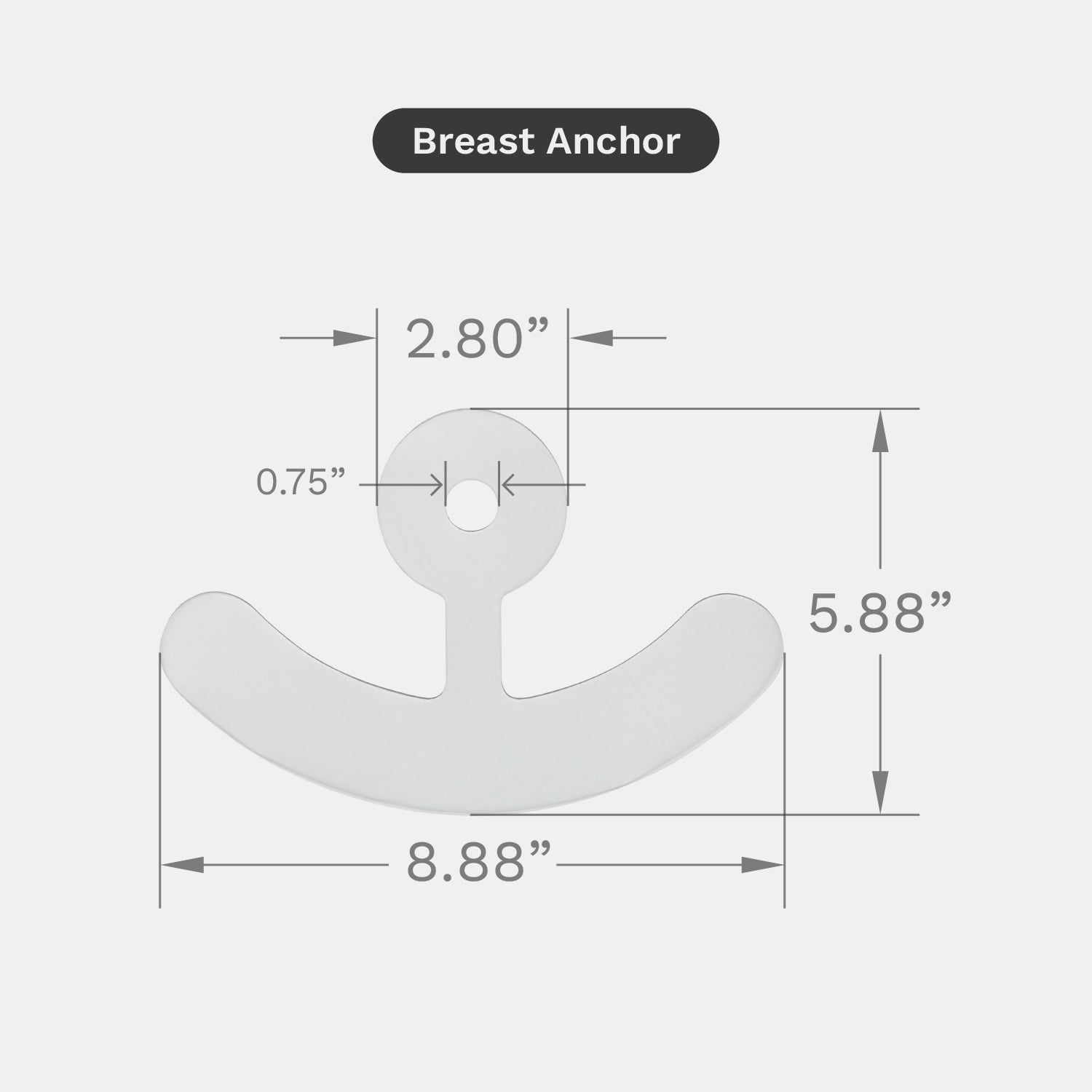
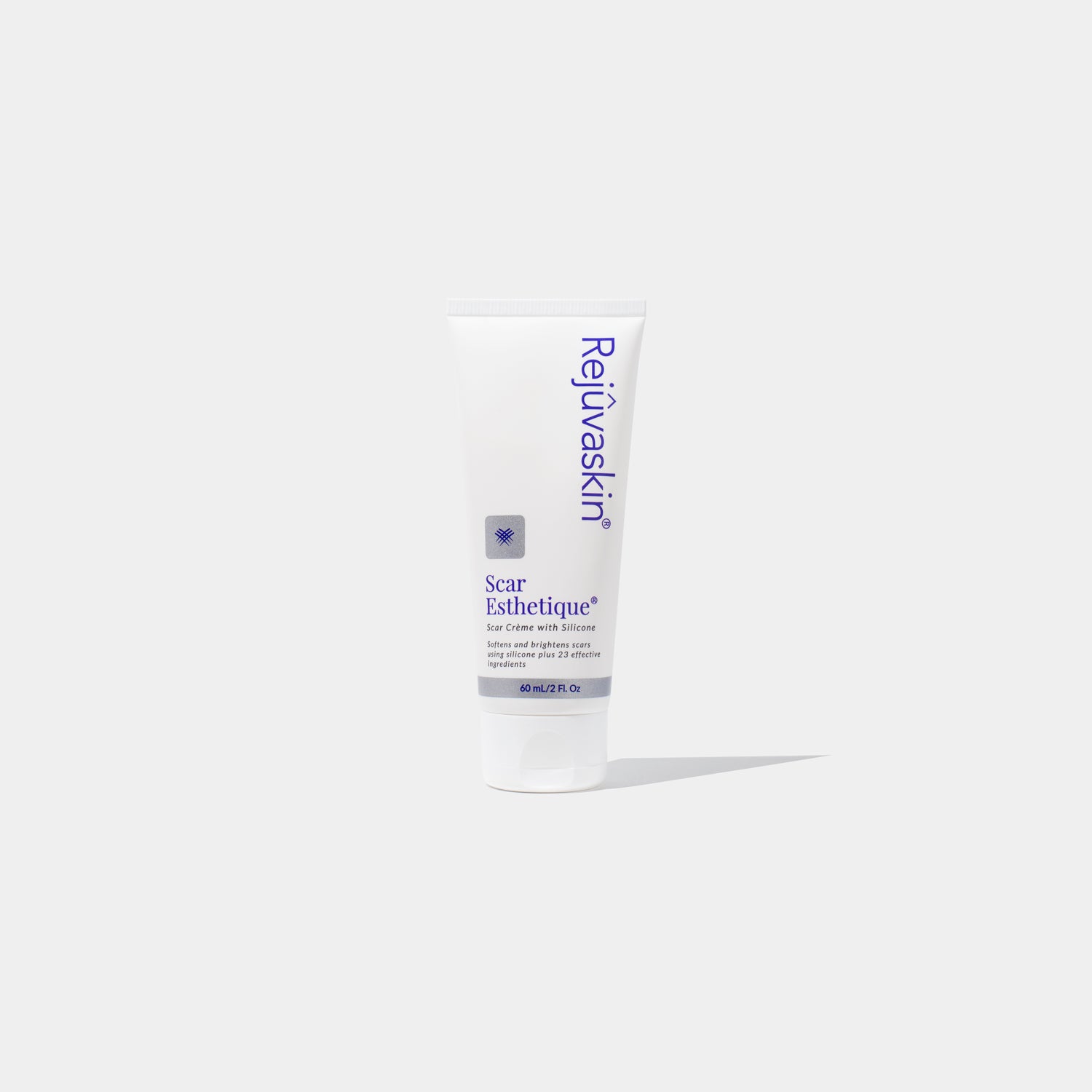
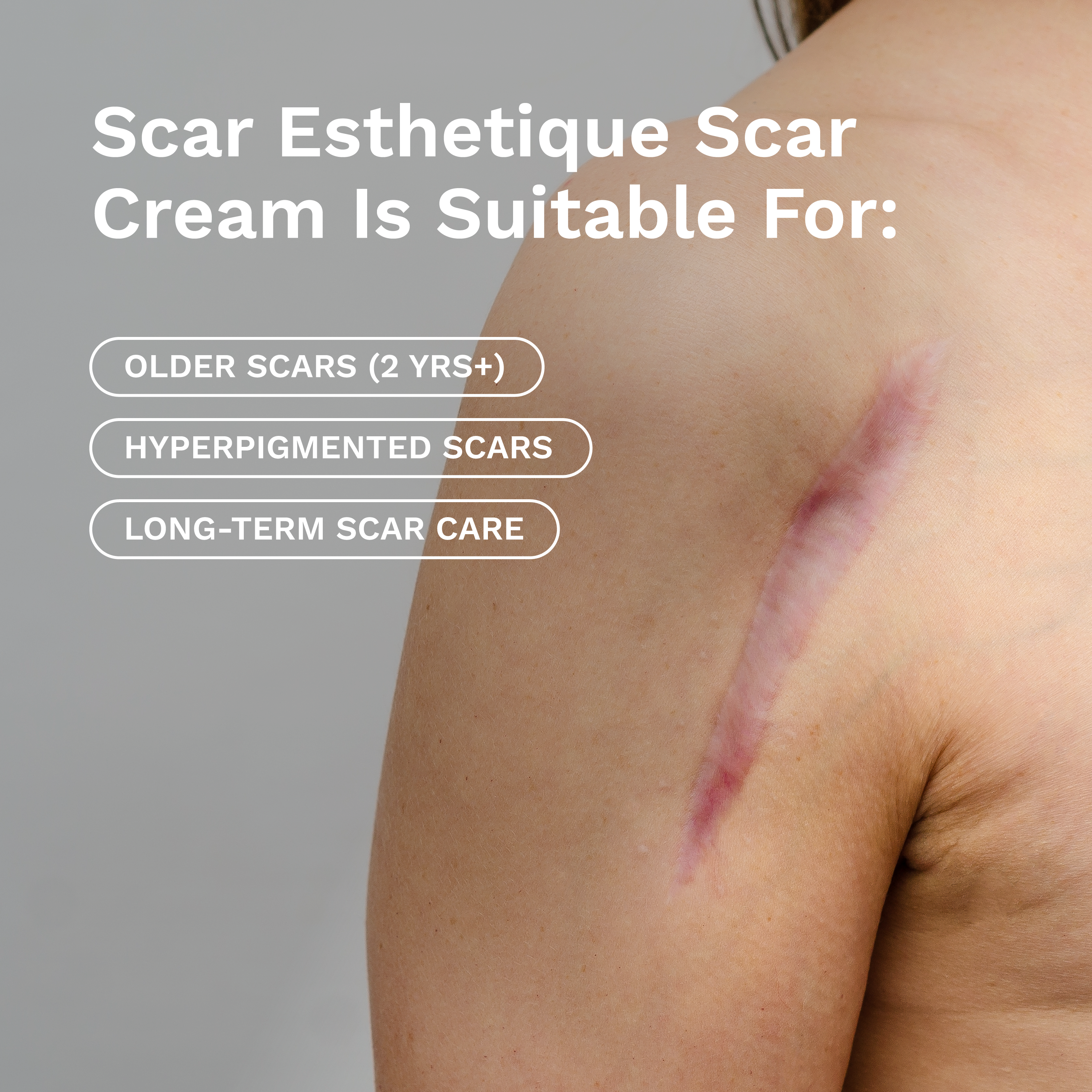








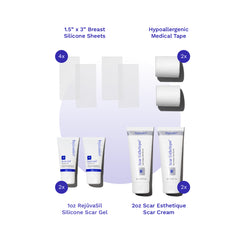
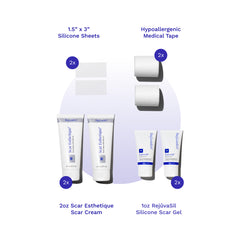

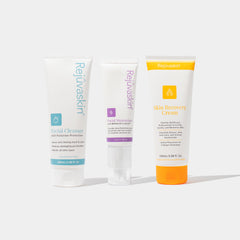

Leave a comment